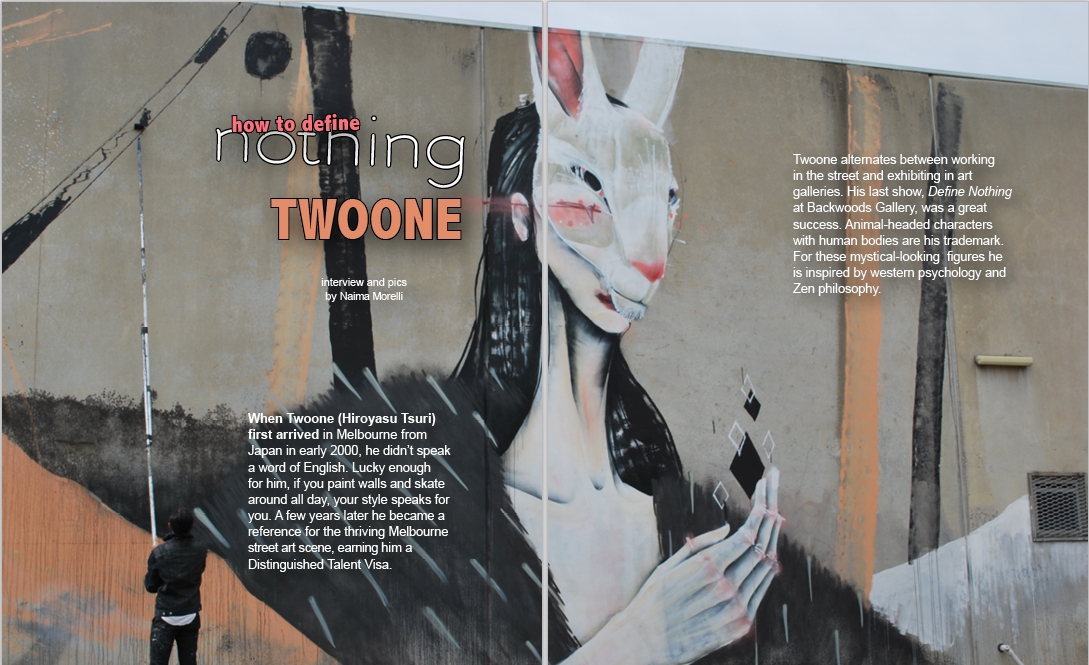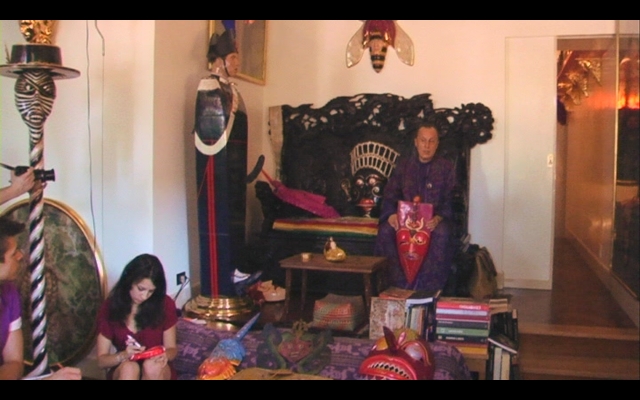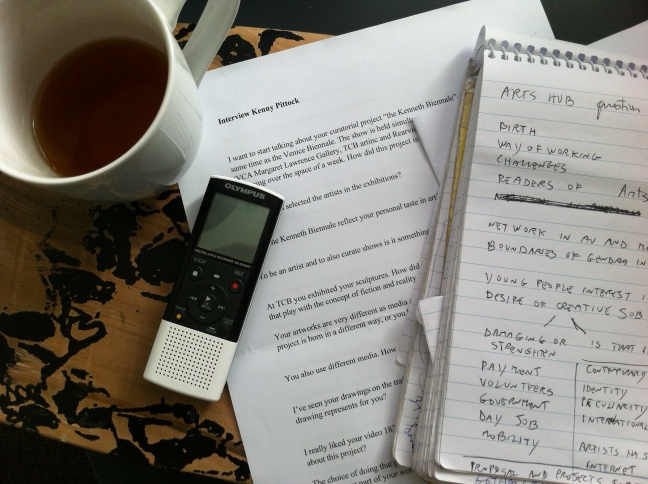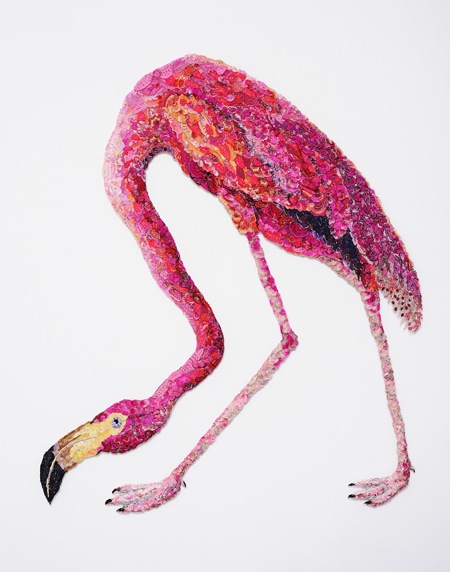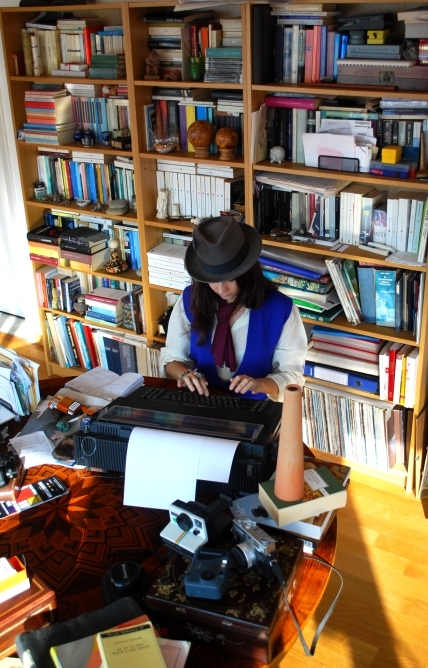
I just come back from Perth, Western Australia. I was there for a reportage about the local contemporary art scene.
Before leaving I wrote this list to clarify my own ideas and to see what I learnt from my mistakes.
Maybe someone else could find it useful too.
“To be an art reporter is fun, but if you don’t plan everything in the details it can be very stressing.
If you are lucky someone, maybe the magazine you collaborate with, has sent you in foreign city or country to do an amazing five pages reportage about the local art scene. If you are extra lucky maybe your magazine would be also open to pay you for that.
But you know, even Oriana Fallaci and Martha Gellhorn would have an hard time to find good assignment nowadays.
Times are tougher and tougher, especially in the field of contemporary art.
If you’re an enterprising free lance journalist or art critic you can probably decide to make a project of your own and try to sell it later to magazines and newspaper. Maybe you can even make a book out of it.
Anyways remember to plan every step in advance.
1. Focus your research
The first thing you have to do is to focus your research. Maybe you are interested just in the painting scene of that city, or just in the hipster scene, or the influence of craft on contemporary art.
Or maybe you want to have a general picture, not very specific but quite thorough.
This second kind of macro reportage is the one I personally like the most. However my tips are valid also if you are conducting a more specific research.
2. Make a previous research on the city
Have a quick look of what other people already wrote about the art scene. Don’t exaggerate, it’s better to not build preconceptions based on what other people thinks. The best thing to do is read a novel or two set in the city you are going to visit. Have a look at a very general travel guide that gives you neutral information, like Lonely Planet or something like it.
If you find some catalogues of exhibition about artists from the city that you are going to visit, try to have a look at it.
If you know someone in your own city that has a link with the place you are going to visit, talk with them, either informally or with an interview.
If these people have a link to the art world is better, but don’t undervalue the impressions of friends or acquaintances disconnected from the scene.
Read More
